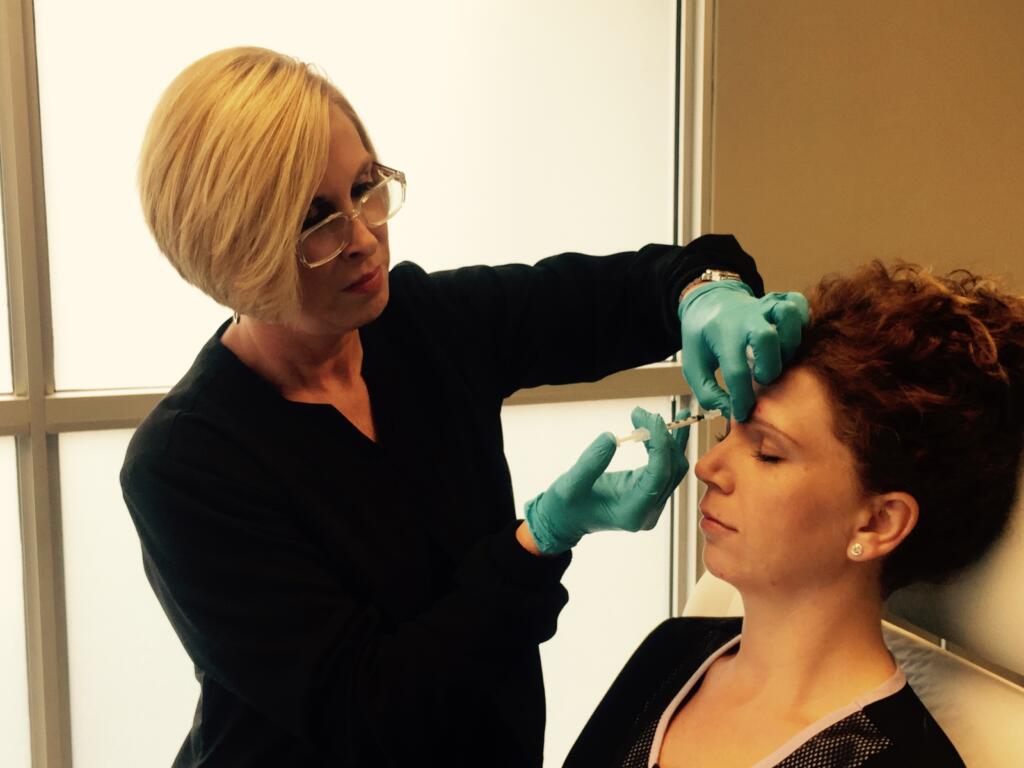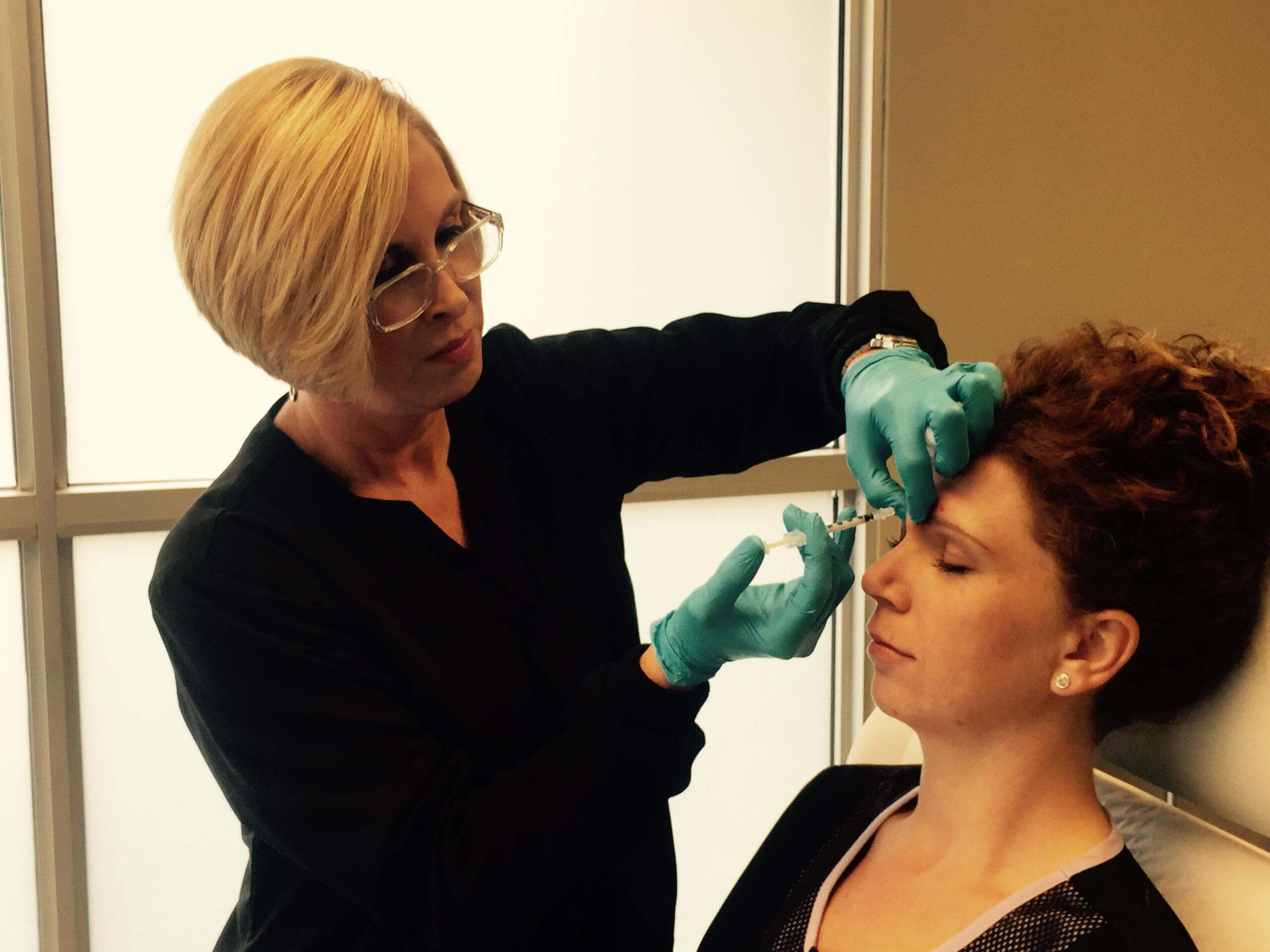
Fat grafting versus filler agents: which is best for facial volume restoration?
For many years, facial rejuvenation was limited to skin resurfacing with lasers and peels, and various surgical soft tissue repositioning procedures. However, our options have expanded with the understanding of muscle relaxation via neurotoxins such as Botox, and the evolution of our knowledge of how fat atrophy in the face leads to stereotypical architectural changes with aging. Plastic surgeons can now add volume to refresh the face. In order to achieve a youthful but natural appearance for my patients, I use a combination of muscle balancing, skin resurfacing and tightening as well as volume restoration. Ultimately, when the battle of gravity versus skin plays out over time, surgical repositioning is required.
Let’s examine the question of how best to restore volume in the face.
One option for facial volume restoration is off-the-shelf materials such as hyaluronic acid, in various structural manifestations, as a direct filler. Another option is a polymer of lactic acid (Sculptra), which acts as an inflammatory material inducing collagen synthesis to create a guided tissue volume additive over time. Both are easily administered in the office without any donor site pain or bruising. While these procedures are easy and safe, it takes experienced hands, eyes and judgement to achieve the best outcomes. Results can be expected to last up to two years.
Fat grafting is another source of filler material to restore volume to the face. Fat is easily harvested from the abdomen or the thighs to use in the face. The technique is a gentle form of liposuctioning which then requires a minimal amount of processing followed by reinjection into the desired locations. In the office setting under local anesthesia, patients may not enjoy some of the pressure sensations required to obtain the fat. In an effort not to injure the fat and to prevent fat from being injected into vessels, blunt cannulas are utilized to place the cells into the tissues. This technique causes some degree of pressure sensation as oppposed to a sharp small needle, which can inject off-the-shelf fillers. The advantage of fat is that it is cheaper to obtain than manufactured materials. In most cases, there is a relatively unlimited supply. Furthermore, peripheral stem cells may direct cellular differentiation leading to improved tissue quality.
Fat versus fillers
Fat is certainly more technically demanding and unforgiving. For injections around the eyes to smooth the eyelid cheek junction, I prefer hyaluronic acid. When injected smoothly with appropriate application, no lumps or bumps should occur. In the lips, when I am working to recreate vertical ridges of the phyltral columns of the upper lip and “Cupid’s bow” points as well as a nice rolled margin of the lip, I prefer hyaluronic acid, because it is the consistency of caulking material and can provide shape. Fat is soft, and does not exert force on the skin in the same way as fillers. However, recent research from the University of Texas Southwestern Medical Center demonstrates excellent results of restoring large volume loss of the upper lip beyond the vermillion by placing fat cells in a broad area making the loose skin less apparent.
With regard to the common area of deflation of the sub-malar fat pad in a non-surgical case, I prefer the highly crosslinked stiff material of Voluma which does an excellent job of re-supporting the facial structures to a more youthful position. If I am already performing a surgical case of a face or neck lift, I always add volume to the face prior to elevating the tissue; this is when I choose fat, because of the ease of harvest and injection under anesthesia. Some thin women may show very demarcated loss of volume in the temple area giving the face a skeletonized appearance around the eyes and making the brows seem to sag. This is an excellent indication for Sculptra. If the volume loss exceeds several vials worth of Voluma in the sub-malar fat pad per side, I also prefer to use Sculptra.
Fat grafting is an evolving technique in plastic surgery. Every industry conference has a significant discussion about the techniques and the science behind the results with just about every region of the body applicable to its uses, including face, breast, hand, buttock and other contour deformities. For the early stages of facial rejuvenation, which can occur in the third decade of life and beyond, much of the volume restoration is performed with off-the-shelf filler agents in an office setting due to ease and convenience.
It’s a case-by-case decision.
So when do you use fat versus fillers? It depends. It’s a case-by-case decision to determine the best protocol for each patient. I take a customized approach from the consult to the procedure, based on my unique skill set and my years of experience and training. My goal is to provide the absolute optimal results for each of my patients and to cultivate a lifetime relationship.
